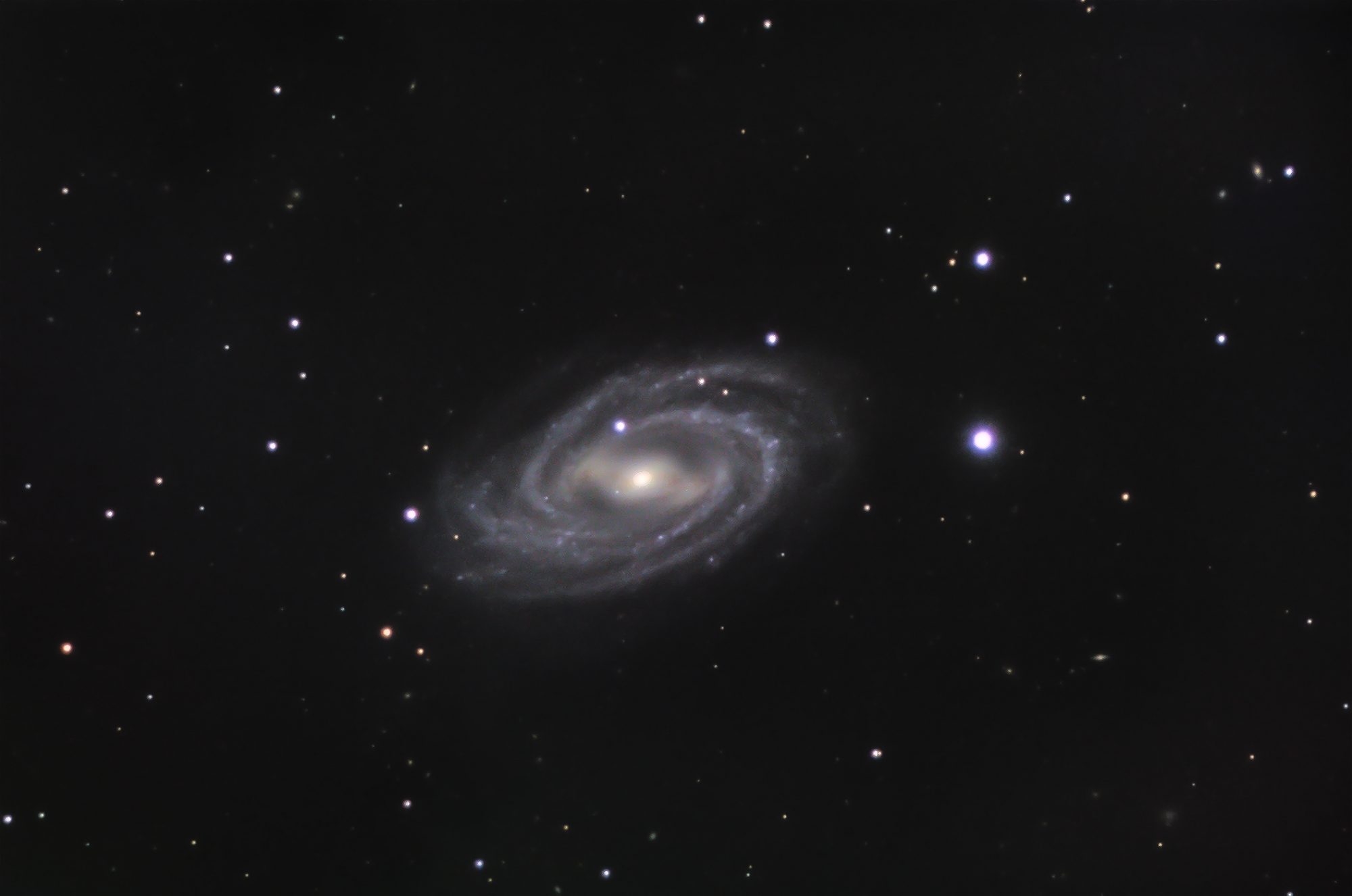Since the EQ8 does not have a standard polar finder, and since the available add-on polar finder looks a bit of an akward piece of metal, I’m using since a few years this device to polar align my EQ8.

The little camera comes in a nice metal box. It can be mounted on the mount by using a custom adapter. Actually it doesn’t matter much how it is attached to the mount. As long as it is attached in the direction of where the pole should be, and does not move with the declination axis (or that latter remains untouched during the alignement procedure), it doesn’t matter. For esthetics, I bought a custom EQ8 adapter. It allows the Polemaster to be attached and removed from the mount very quickly.
Results is short: invaluable piece of equipment, fast (under 10 minutes) alignement with rather high accuracy (under 1′ polar alignement accuracy achieved).
I would not recommand it for fixed setups in an observatory.
Whenever you use a pier outside, that can be displaced by animals or children, or mowing machines, …. or in case you are working mobile in a field setup it’s highly recommanded.
Ofcourse it doesn’t come cheap, and yes you do need a PC. But if this is everything you use the laptop for, it’s still worthwhile.

Example of a guidelog with a RMS PE of 0,20″, average Periodic Error of 0,16″, after polar alignement with the polemaster. Click on the picture for a larger image.


HOWEVER! the Polemaster can also be used as a normal camera. Actually it is the QHY5II camera. You can download the driver for the QHY5II and with ShapCap get a normal image from it.
See also this link:
https://stargazerslounge.com/topic/281403-polemaster-for-planetary-deep-sky-its-possible/
SO… I use ithis camera – additional to polar alignment – also as a finder.
Instead of using it as a planetary camera (I have the ASI290) or a deepsky camera (I use the D750 or the ASI183), I use it as a finder. Actually replacing my Red Dot finder.
The advantage here is that I do not need to bend into all kind of angles, stepping away from the laptop. I can just easily polar align, and then also align the scope with Cartes du Ciel on the first target star, and SYNC that star in CdC. All without stepping away from my laptop. After the first Sync you typically need no finder anymore. in some case like comets etc it can be handy.
Using SHarpcap or Firecapture will sometimes succeed, it will provide a nice 15×12 degrees field with stars to magnitude 8 and a crosshair of choice. However, I found it very unstable. I could not get around installing multiple drivers (ASCOM, Native & others) it quickly became a mess. In addition, the Polemaster software would not connect anymore to the camera.
So I kind of used a too simple solution: I start the Polemaster software, let it produce an image, I will run fake through the polar alignement process, and the start “monitoring”.
This produces an image that is usable as a finder image, without acting as a snake person, lying on the ground, hopping back and forth between laptop and red-dot etc. After the imaging session, I simply take the camera out of it’s holder. The holder is placed on an X/Y adjustement system
The QHY5II is a Black-and white USB2 MicronMT9M001 cmos camera, with a resolution of 1.280 x 1.024 pixels (1,28Mp) with square pixels of 5,2µm. The chip measures 6,7 by 5.3 mm. The quantum efficiency is measured as 56%
In combination with the F 1.2 & 25 mm CCTV lens this sensor gives an image of 921 x728 arc minutes or approximitely 15 x 12 degrees. The resolution is 42″ per pixel.
Discover more from DROGENBERG
Subscribe to get the latest posts sent to your email.

